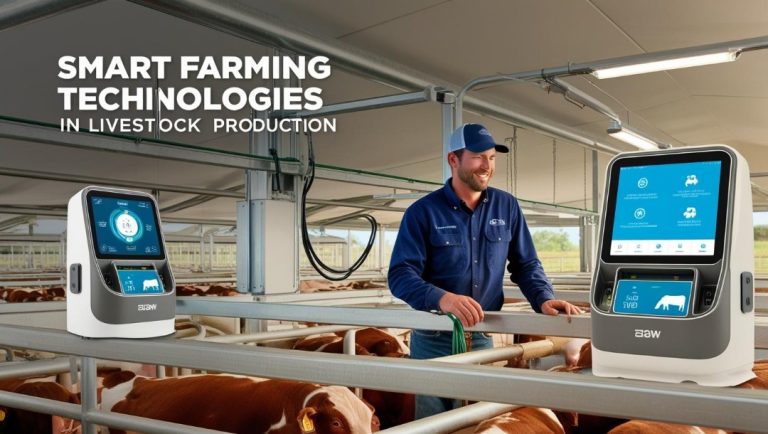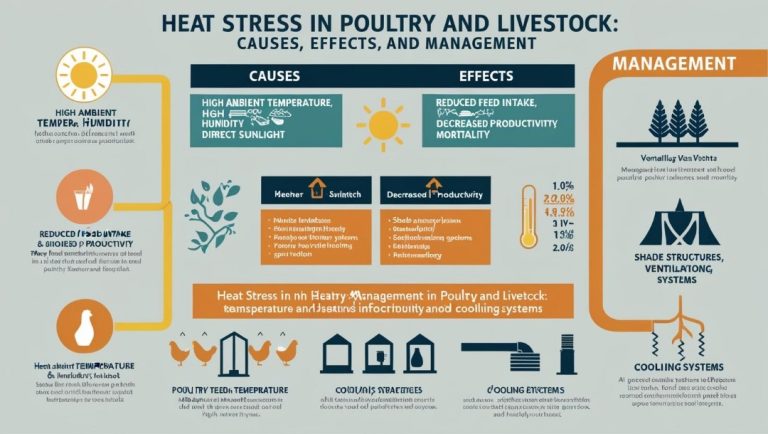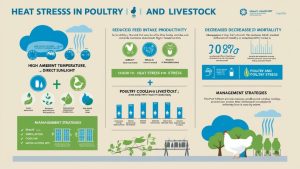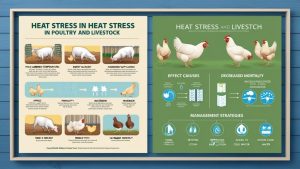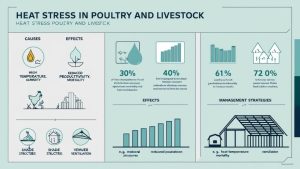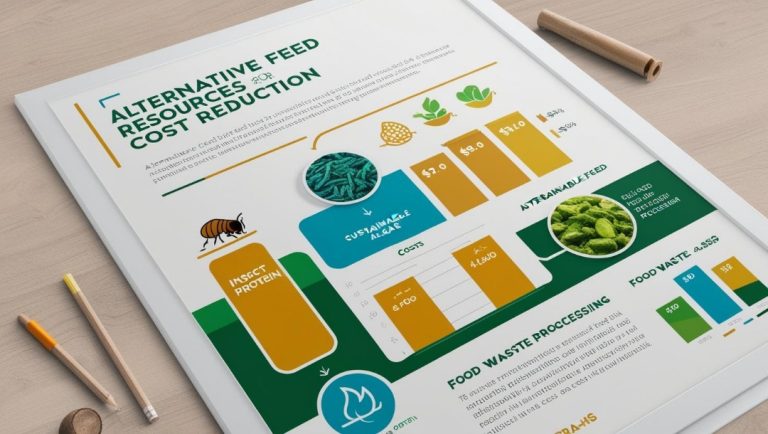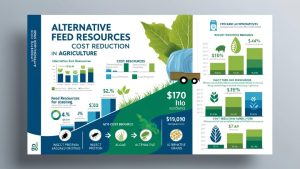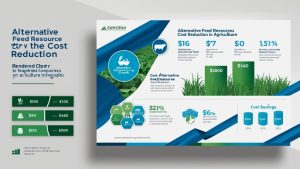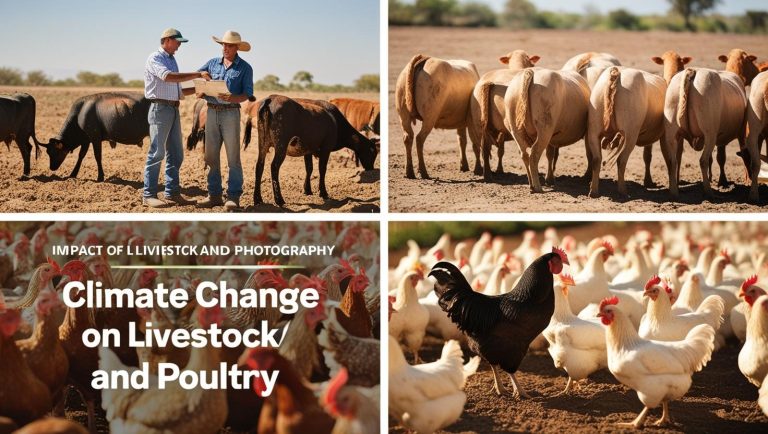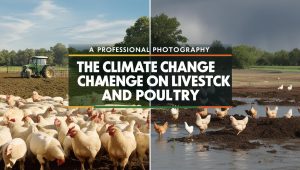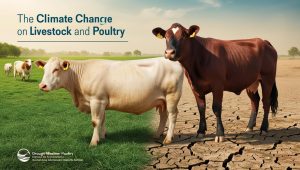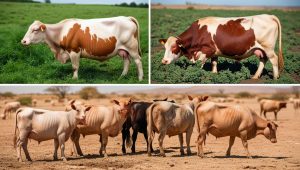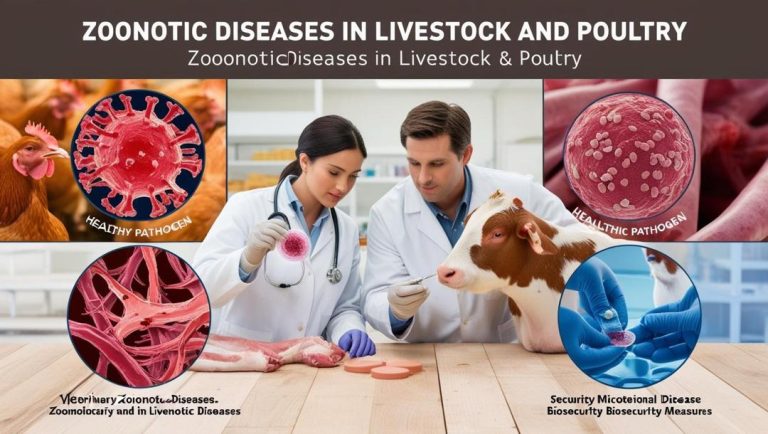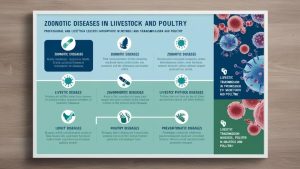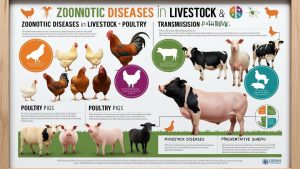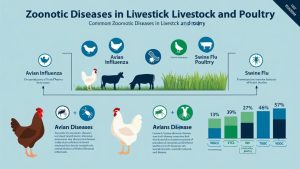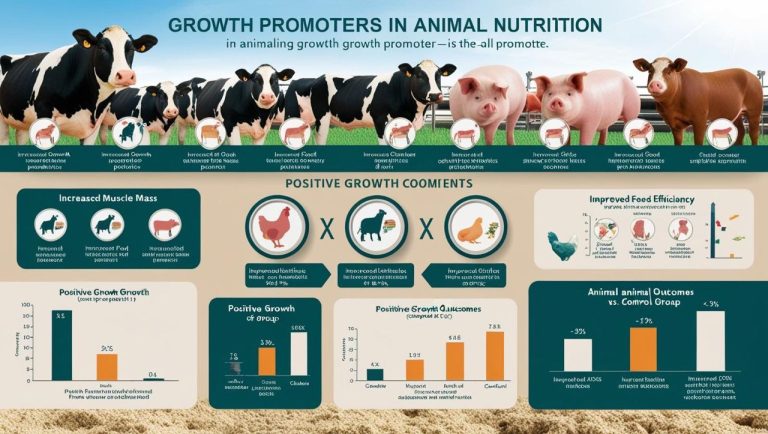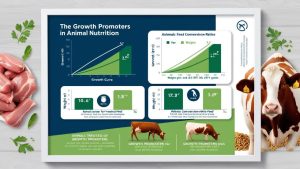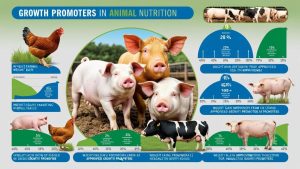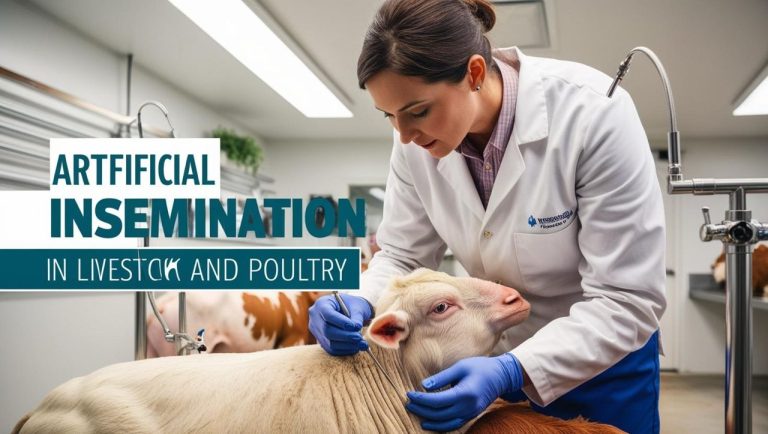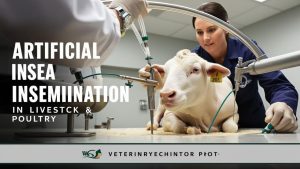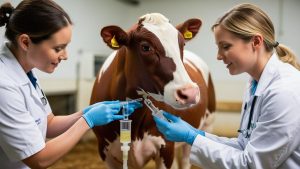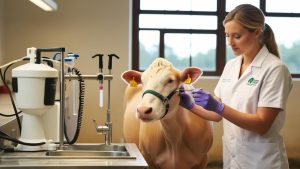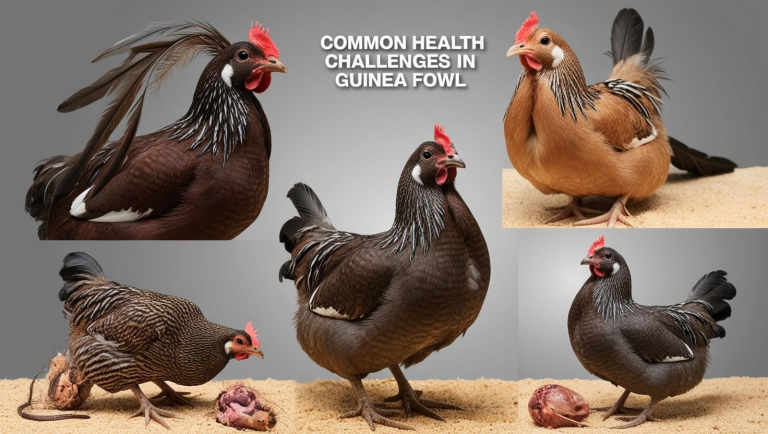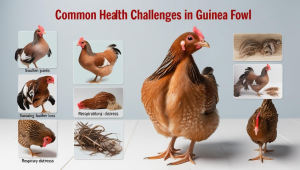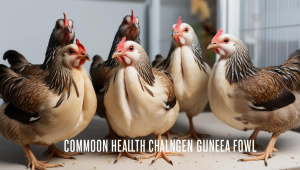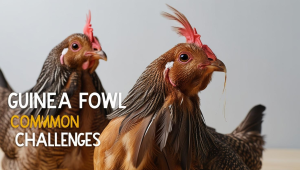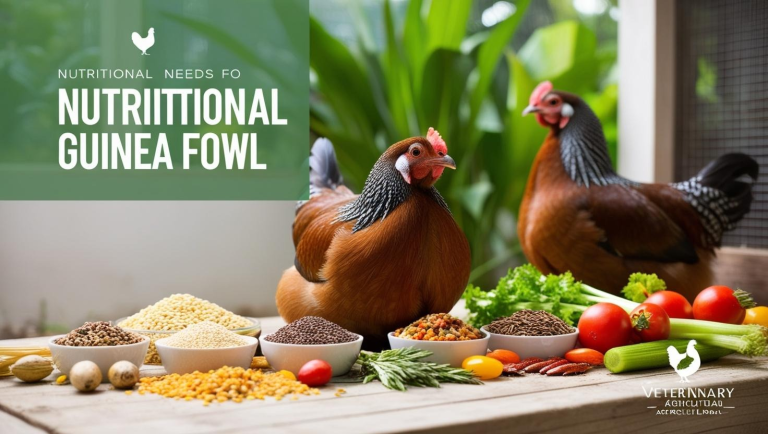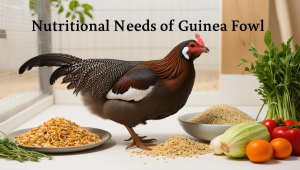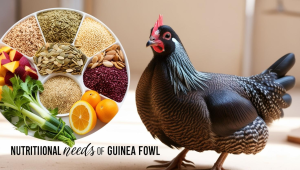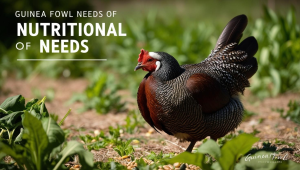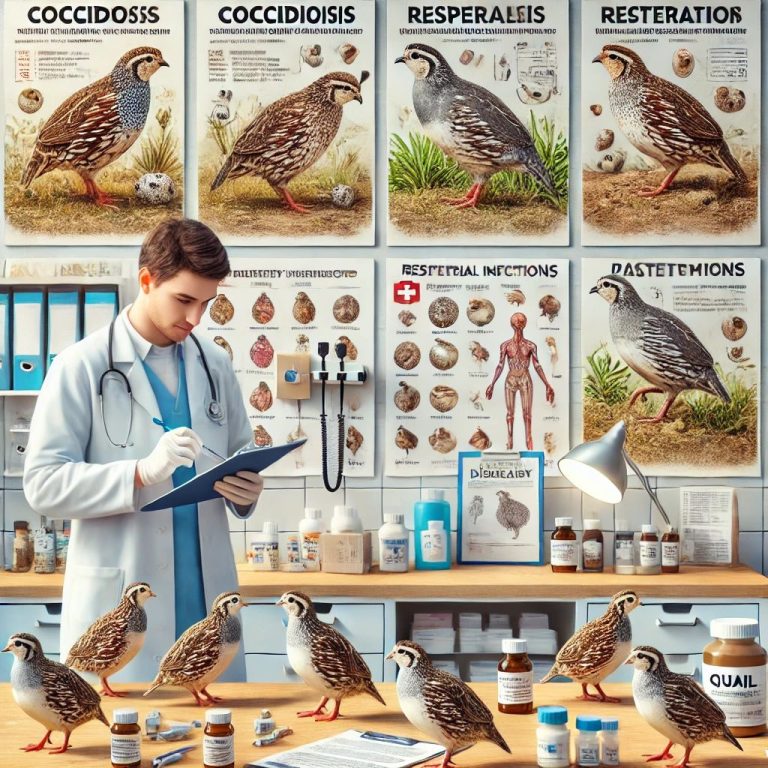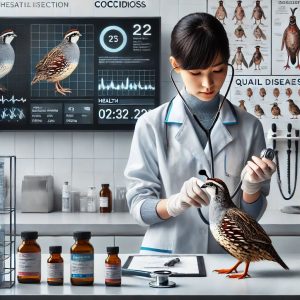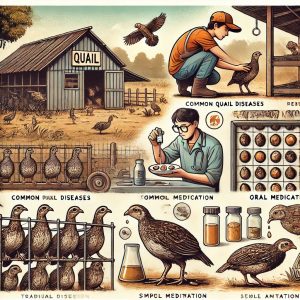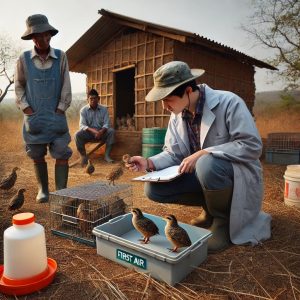The agricultural industry is undergoing a transformation with the integration of smart farming technologies, particularly in livestock production. Smart farming involves the use of advanced technologies such as the Internet of Things (IoT), artificial intelligence (AI), automation, and data analytics to improve the efficiency, productivity, and sustainability of livestock farming. These innovations help farmers optimize resource use, enhance animal health and welfare, and increase overall profitability.
This article provides an in-depth analysis of smart farming technologies in livestock production, their benefits, applications, challenges, and future prospects.
Click HERE to join our WhatsApp group
Overview of Smart Farming Technologies
Smart farming technologies in livestock production involve the use of digital tools and automation to monitor and manage various aspects of animal husbandry. The key technologies include:
Internet of Things (IoT): Networked devices collect and transmit real-time data on livestock health, feed consumption, and environmental conditions.
Artificial Intelligence (AI) and Machine Learning (ML): AI-powered systems analyze large datasets to predict disease outbreaks, optimize feeding schedules, and improve productivity.
Automated Feeding Systems: Smart feeding equipment adjusts rations based on animal requirements, reducing feed wastage and improving nutrition.
Precision Livestock Farming (PLF): Data-driven approaches enable farmers to make informed decisions regarding breeding, health, and welfare.
Drones and Sensors: Used for monitoring livestock movement, detecting health issues, and assessing pasture conditions.
Blockchain Technology: Enhances traceability and transparency in the livestock supply chain.
Robotics and Automation: Automated milking, cleaning, and egg collection improve efficiency and reduce labor costs.
Smart Wearables and Implants: Biometric sensors track animal health parameters such as temperature, heart rate, and activity levels.
READ ALSO: Essential Proteins for Turkey Growth
Applications of Smart Farming Technologies in Livestock Production
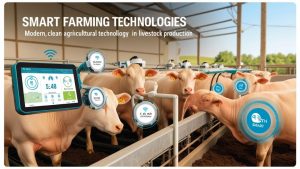
a) Health Monitoring and Disease Management
Smart Sensors and Wearables: Devices like GPS collars, RFID tags, and biosensors continuously monitor animal health indicators, allowing early detection of diseases.
Automated Disease Detection: AI-powered systems analyze data to identify patterns associated with illness, reducing dependency on manual health checks.
Precision Medicine: Data-driven veterinary care ensures targeted treatments, minimizing antibiotic overuse and improving animal welfare.
b) Precision Feeding and Nutrition Management
Automated Feed Dispensers: Smart feeding systems adjust feed portions based on real-time animal requirements, enhancing growth rates and reducing feed costs.
Nutrient Optimization Algorithms: AI-driven platforms analyze feed composition and recommend optimal nutrient mixes for better productivity.
Water Quality Monitoring: Smart water sensors ensure animals receive clean and adequate water, essential for maintaining health and performance.
c) Smart Housing and Environmental Control
Climate-Controlled Barns: Automated ventilation, misting systems, and heating units adjust indoor conditions based on temperature and humidity levels.
Smart Lighting Systems: Adaptive lighting improves animal behavior, reproductive performance, and overall well-being.
Waste Management Technologies: Automated manure collection and biogas production systems enhance farm hygiene and sustainability.
d) Breeding and Reproductive Efficiency
Automated Estrus Detection: Wearable sensors monitor heat cycles, helping farmers time artificial insemination (AI) for improved conception rates.
Genetic Selection and AI Breeding: AI-assisted breeding programs identify the best genetic traits for disease resistance, milk yield, and meat quality.
Real-Time Reproductive Monitoring: AI-based ultrasound imaging and hormone analysis improve pregnancy detection and calf survival rates.
e) Livestock Monitoring and Tracking
GPS and RFID-Based Tracking: Farmers can monitor livestock movement, reducing theft and ensuring better grazing management.
Drones for Surveillance: Unmanned aerial vehicles (UAVs) track herd movement, detect injuries, and assess pasture conditions.
Geofencing Technology: Virtual boundaries help manage free-range livestock and alert farmers when animals stray from designated areas.
f) Milk and Egg Production Automation
Robotic Milking Systems: Automated milking parlors increase milk yield while ensuring proper udder health and hygiene.
Egg Collection Automation: AI-driven egg sorting and grading systems improve efficiency in poultry farming.
Milk Quality Sensors: Real-time milk analysis detects infections like mastitis, ensuring milk safety and quality.
READ ALSO: Fermented Feeds and Their Benefits in Animal Nutrition
g) Waste Management and Sustainability
Biogas Production from Manure: Smart digesters convert livestock waste into renewable energy.
Precision Fertilization: Automated manure application optimizes nutrient use while minimizing environmental impact.
Water Recycling Systems: Advanced filtration technologies enable efficient use of water in livestock operations.
Benefits of Smart Farming Technologies in Livestock Production
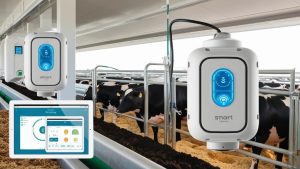
a) Increased Productivity and Efficiency
AI-driven insights optimize feeding, breeding, and health management, improving overall output.
Automation reduces labor requirements and operational costs.
b) Improved Animal Health and Welfare
Early disease detection prevents outbreaks and reduces mortality rates.
Precision medicine minimizes the overuse of antibiotics, promoting sustainable livestock farming.
c) Better Resource Management
Smart irrigation and feed management reduce wastage.
Energy-efficient systems lower the carbon footprint of livestock farms.
d) Enhanced Profitability
Reduced input costs lead to higher profit margins.
Improved milk, meat, and egg quality increases market value.
e) Sustainability and Environmental Conservation
Reduced greenhouse gas emissions through optimized feed and manure management.
Improved water conservation and land use efficiency.
Challenges and Limitations of Smart Farming Technologies
a) High Initial Investment Costs
Smart farming systems require substantial upfront investments in hardware and software.
b) Technical Knowledge and Training
Farmers need training to effectively use AI-powered tools and data analytics.
c) Connectivity and Infrastructure Limitations
Many rural areas lack reliable internet access, limiting the implementation of IoT-based solutions.
d) Data Security and Privacy Concerns
Cybersecurity risks arise from digital data collection and cloud-based farming systems.
e) Ethical and Regulatory Challenges
Automated decision-making in animal health management raises ethical concerns.
Compliance with government regulations and data protection laws is necessary.
READ ALSO: Ration Balancing for Maximum Productivity
Future Prospects of Smart Farming Technologies
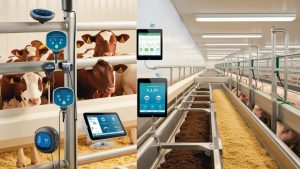
a) Advancements in AI and Machine Learning
AI will continue to enhance predictive analytics for disease prevention and productivity optimization.
b) Expansion of IoT Connectivity
5G technology will improve real-time data transmission and remote monitoring.
c) Increased Adoption of Blockchain in Livestock Management
Blockchain will enhance traceability and biosecurity in the livestock supply chain.
d) Growth in Sustainable Farming Solutions
Innovations in waste-to-energy systems and alternative protein sources will drive sustainability.
e) Integration of Robotics and Automation
Future farms will rely more on robotic milking, feeding, and monitoring systems.
Conclusion
Smart farming technologies are revolutionizing livestock production by improving efficiency, animal health, resource management, and profitability. While challenges such as high initial costs and infrastructure limitations exist, continued advancements in AI, IoT, and automation will drive the adoption of precision livestock farming. By integrating these technologies, farmers can achieve sustainable and resilient livestock production systems, ensuring food security in an ever-evolving agricultural landscape.
READ ALSO: Common Quail Diseases and Their Treatment
Quail farming is an emerging industry that offers benefits such as high productivity, fast growth rates, and low space requirements. However, just like other poultry species, quails are susceptible to various diseases that can negatively impact growth, egg production, and overall health. Understanding common quail diseases, their symptoms, causes, prevention, and treatment methods is essential for…
READ ALSO: Blackhead Disease in Turkeys: Causes, Symptoms, Prevention, and Treatment
Blackhead disease, scientifically known as Histomoniasis, is a serious and often fatal condition affecting turkeys. It is caused by the protozoan parasite Histomonas meleagridis, which primarily affects the liver and ceca of infected birds. The disease spreads quickly within flocks and can lead to high mortality rates, making it a significant concern for poultry farmers, especially those raising turkeys…
Click HERE to join our WhatsApp group

